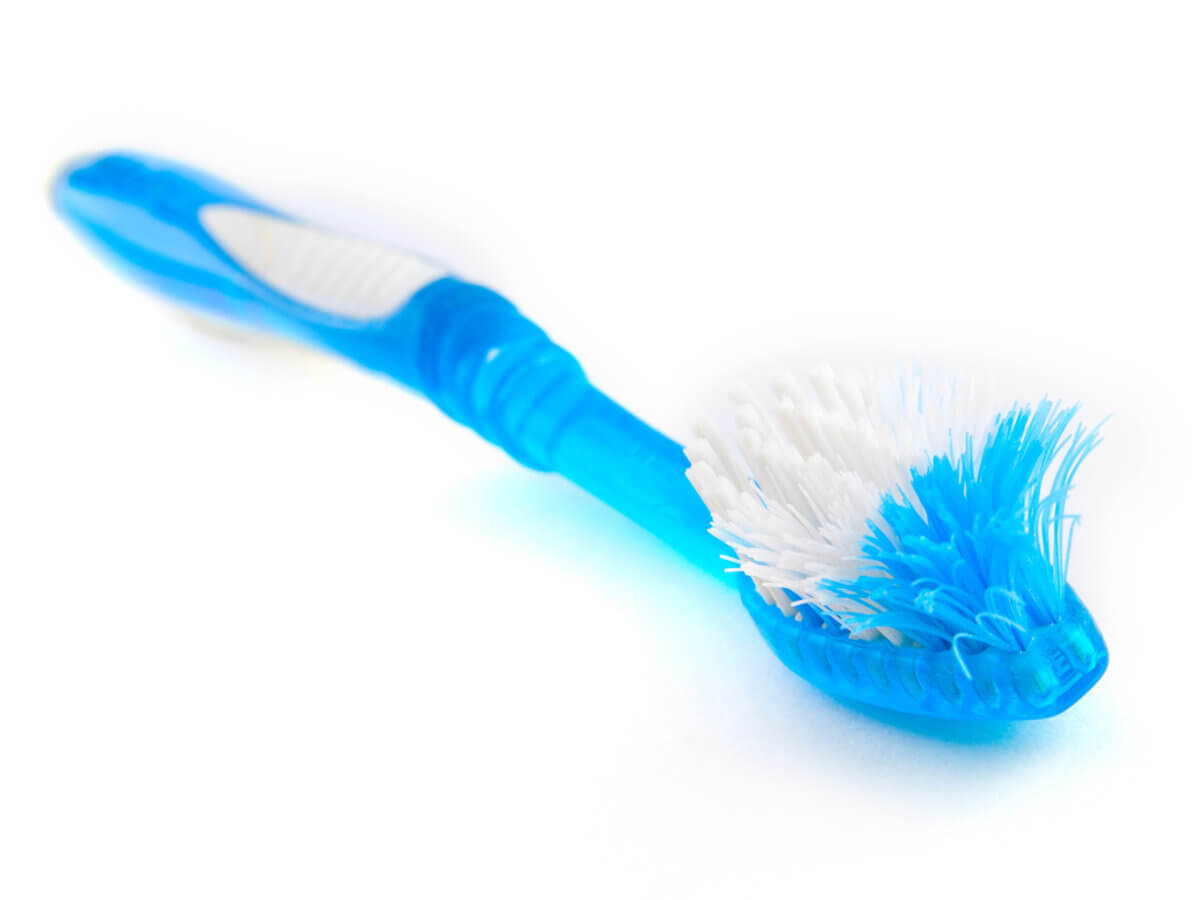Blog
Dental hygiene tips for healthy teeth & gums

How Often Should You Replace Your Toothbrush?
Good oral hygiene is pivotal for a radiant smile, and a key component of this regimen is an efficient toothbrush. Have you ever pondered the frequency of replacing your toothbrush? While many overlook this practice, changing your toothbrush regularly is vital for optimal dental care. This article will explore the significance of toothbrush replacement, signs signaling the need for a new one, and the role this habit plays in safeguarding your oral health.
Why Is Toothbrush Replacement Important?
Your toothbrush is your primary defense against plaque, bacteria, and food remnants on your teeth and gums. As time progresses, bristles deteriorate, diminishing their cleaning efficacy. Additionally, toothbrushes can harbor bacteria, potentially leading to infections and dental complications. Regularly updating your toothbrush ensures you’re equipped with a tool capable of maintaining oral health.
Signs It’s Time to Replace Your Toothbrush
While there’s a general guideline for toothbrush replacement, certain signs can indicate it’s time for a change:
- Frayed Bristles: Bristles that are splayed, bent, or frayed can’t effectively combat plaque and debris.
- Discoloration: Stained or discolored bristles might suggest bacterial accumulation.
- Illness or Infection: Post-illness or after an oral infection, it’s prudent to change your toothbrush to avert recontamination.
How Often Should You Replace Your Toothbrush?
Dental experts typically advise changing your toothbrush every three to four months. This recommendation considers the usual wear on bristles and potential bacterial buildup. However, specific circumstances might necessitate more frequent changes:
- Sickness: Post-illness, it’s wise to get a new toothbrush to avoid potential reinfections.
- Braces: Braces wearers might find that their toothbrush deteriorates faster due to the hardware.
Selecting the Right Toothbrush
The longevity and efficiency of your toothbrush can also hinge on your choice. Here’s some guidance:
- Bristle Type: Soft or extra-soft bristles are preferable. Hard bristles can harm teeth, enamel, and gums.
- Size and Shape: Opt for a toothbrush that’s comfortable and reaches every corner of your mouth.
- Manual vs. Electric: Both types can be effective. Electric toothbrushes might be beneficial for those with dexterity challenges or those seeking a deeper clean.
Extra Tips for Oral Hygiene
A comprehensive oral care routine extends beyond just changing your toothbrush. Here are additional pointers:
- Floss Regularly: Flossing eradicates particles and plaque between teeth and near the gumline.
- Use Mouthwash: Mouthwash combats bacteria and refreshes breath. Consider antimicrobial or fluoride variants for enhanced benefits.
- Regular Dental Checkups: Periodic dental visits for professional cleanings and assessments are crucial. Dentists can detect and address issues early.
Conclusion
Regular toothbrush replacement is a straightforward yet crucial aspect of oral hygiene. Doing so every three to four months ensures effective plaque and bacteria removal. Opt for a soft-bristled toothbrush that meets your requirements, and remember, a holistic oral care routine encompasses more than just brushing. Incorporate regular flossing, mouthwash, and dental visits. Your smile is invaluable, and with consistent care, it will remain vibrant and healthy for years.


